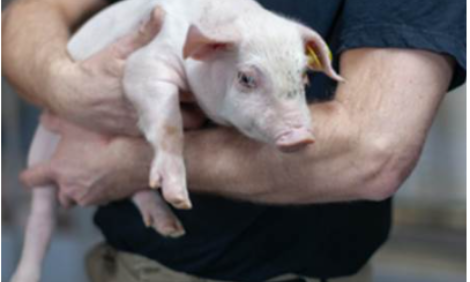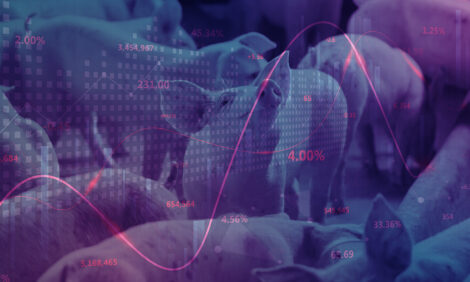



Manure Management for Water Quality: Costs to Animal Feeding Operations of Applying Manure Nutrients to Land
By U.S.D.A., ERS - Nutrients from livestock and poultry manure are key sources of water pollution. Ever-growing numbers of animals per farm and per acre have increased the risk of water pollution.

|
New Clean Water Act regulations compel the largest confined animal producers to meet nutrient application standards when applying manure to the land. The additional costs for managing manure have implications for feedgrain producers and consumers as well.
This report's farm-level analysis examines onfarm technical choice and producer costs across major U.S. production areas.
A regional analysis focuses on off-farm competition for land to spread surplus manure, using the Chesapeake Bay region as a case study.
Finally, a sectorwide analysis addresses potential long-term structural adjustments at the national level and ultimate costs to consumers and producers.
The individual chapters are in Adobe Acrobat PDF format. Click the links to view.
Research brief, 29 Kb
Abstract, Acknowledgments, Contents, Executive Summary, 45 Kb
Chapter 1: Introduction, 43 Kb
Chapter 2: Background: Livestock and Poultry Industry Structure, Environmental Quality, Regulatory Climate, 55 Kb
Chapter 3: Farm-Level Analysis:Nutrient Management and the Need for Land, 594 Kb
Chapter 4: Regional Analysis:Costs and Distribution of Manure Management, 470 Kb
Chapter 5: National Analysis:Industry Effects of Manure Management, 346 Kb
Chapter 6: Summary and Implications for Policy and Research, 38 Kb
References, 40 Kb
To full the entire report, (1,645 Kb, 99 pages) Click Here.
Source: U.S.D.A., ERS Agricultural Economic Report No. (AER824) - June 2003








